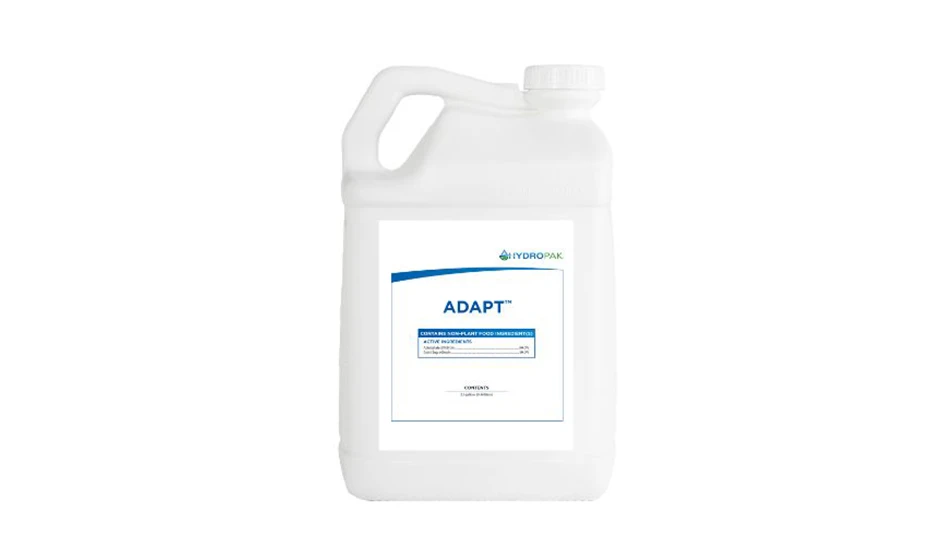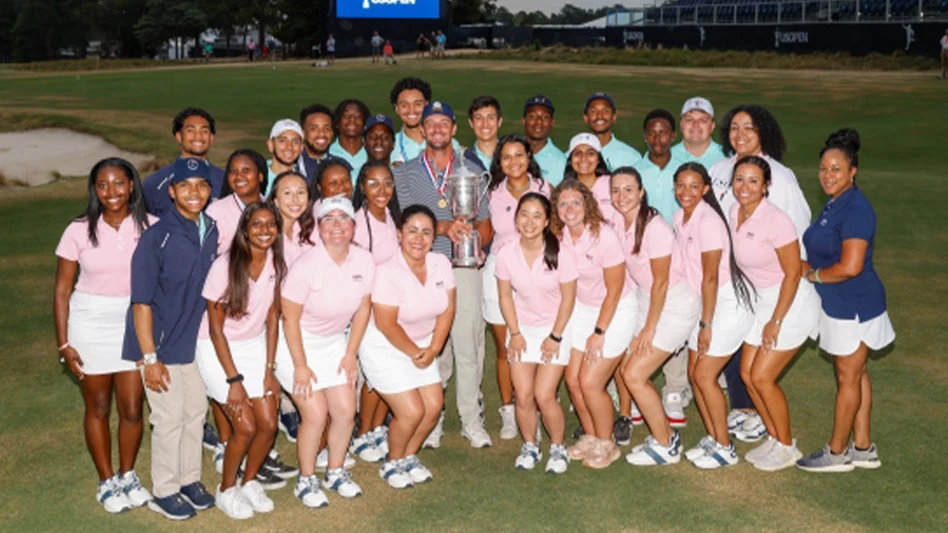
Raymond Bangs (2)
The relationship between a superintendent and members, specifically club officers, is often fraught with challenges.
Turf professionals find themselves dealing with member demands that are unrealistic and/or have negative consequences, while members wonder why their golf course doesn’t look like the venue they saw on TV last weekend.
That dynamic often results in some contentious moments.
But it doesn’t have to be that way.
Jim Stewart is in his 16th season as the superintendent at Southward Ho Country Club, a private club located in Bay Shore, New York, on Long Island’s South Shore. The A.W. Tillinghast design traces its origins to 1923
Stewart speaks to the importance of a superintendent communicating necessary information to their membership. He prefers to disseminate information through the greens chair.
“I’ve seen a lot of places where guys will have social media accounts and all those things,” he says. “They like to post all that information, and what we’ve found is that you’re never going to please everybody and that opens up too much negative feedback, or it gave members the sense they can kind of combat all the information being presented to them.
“We kind of focus our information more though the greens chair and then present it to the board and the board puts that information out to the membership We feel that allows us to get the information out.”
Stewart adds it’s essential for club officers to have confidence in their superintendent’s professional abilities. “It really starts with the green chair and president trusting what I do, my expertise, my commitment to certain things.”
LeeAnn Lewis is Southward Ho’s former greens chair and former club president. She remains a member of the club. A fine player for more than three decades, Lewis has won numerous championships in the New York City Metropolitan area and has competed in 19 USGA events.
During her tenure as her club’s greens chair and later its president, Lewis was one of Stewart’s staunchest supporters. And given her role as a club officer, likely the most influential.
“I think the superintendent arguably could be your number one or number two employee at the club, because everything is based around the golf course,” she says. “And if your course is not in good shape, you’re not going to attract members, you’re not going to keep members, and that kind of thing. So, having a good superintendent, and having him stay and having him want to do his job and all that kind of stuff, is very important.”


What does it take for a club to foster a good relationship with a superintendent?
“Number one, you pay him well,” Lewis says. “Number two is you support him. You kind of need to be the buffer between him and the membership. I always felt that was my number-one priority.”
During her time in office, Lewis made it a point to educate her fellow board members and, through extension, the club’s members about what department heads did during their respective workdays.
“One of the things we started when I was president was, we brought each key employee into the board room to give a presentation,” she says. “The GM, the superintendent, the tennis pro, the head of maintenance. … They were given five to 10 minutes and they could do anything they wanted; a day in their lives, how big their staff is, what their staff does. We gave them free rein on what they could discuss.
“When Jim came in, he did one average day about getting a dozen men in and started. Things like mowers for the fairways, the rough, the greens. Raking the bunkers. (Taking care of) the water coolers, trash cans and benches. Moving the tee markers and moving the cart signs. When you sit there and listen and hear that this is just one day, I think it was a very eye-opening experience for the board.
That’ a good step, because a lot of people get on the board to promote their personal agenda.
“Now you have board members sitting there and hearing this. So, now you’ve enlightened them, so now when they’re out in their group or foursomes, they can spread the word. We found that to be a pretty good way to communicate things, because when you send emails or letters, a majority of people don’t read them or skim them.”
Lewis says she’s uncomfortable when members compare their home course to others they’ve played. “One of my least favorite arguments is when someone will come and say, ‘I played at Such and Such and they do this.’ They’ll compare us to other courses.”
Lewis notes that budgetary issues, combined with Southward Ho’s age and the weather on the southern shore of Long Island make perfect course conditions an unattainable goal.
“People will say ‘How come the course isn’t perfect all the time?’” she says. “We’ve got 25,000 rounds. That’s a significant number. Then, they want the course open seven days a week and they want it perfect.
“It’s like ‘OK, people. You’ll have to pick one.’”
Rick Woelfel is a Philadelphia-based writer, host of the Wonderful Women of Golf podcast and senior Golf Course Industry contributor.
Latest from Golf Course Industry
- Envu Superintendent Grant Program sending 10 members to 2025 GCSAA show
- Editor’s notebook: Let’s chat about AI
- Wonderful Women of Golf 43: Melissa Gugliotti
- This month on Superintendent Radio Network: December 2024
- Mark Hollinger, ASGCA, dies at 70
- Tartan Talks 102: Chad Goetz
- Don’t fly by the seat of your pants
- Golf Construction Conversations: Reed Anderson





